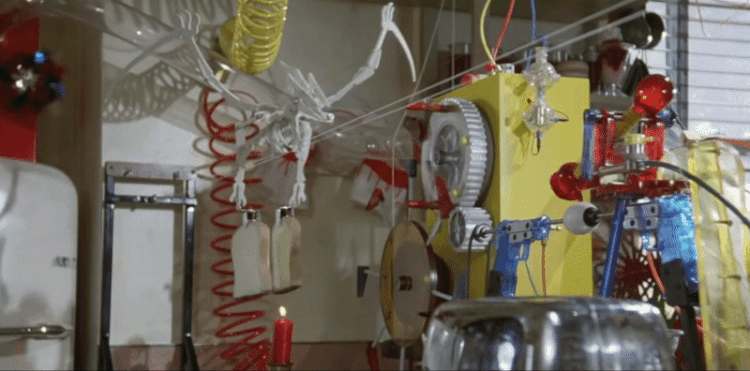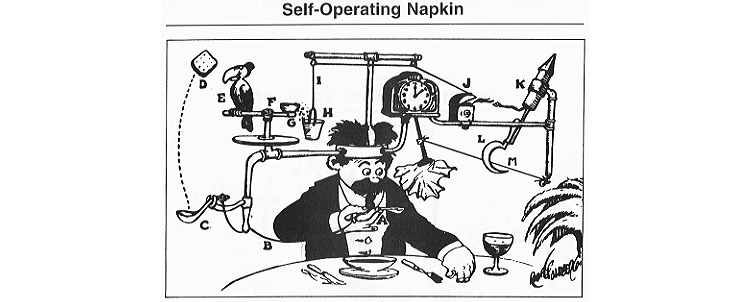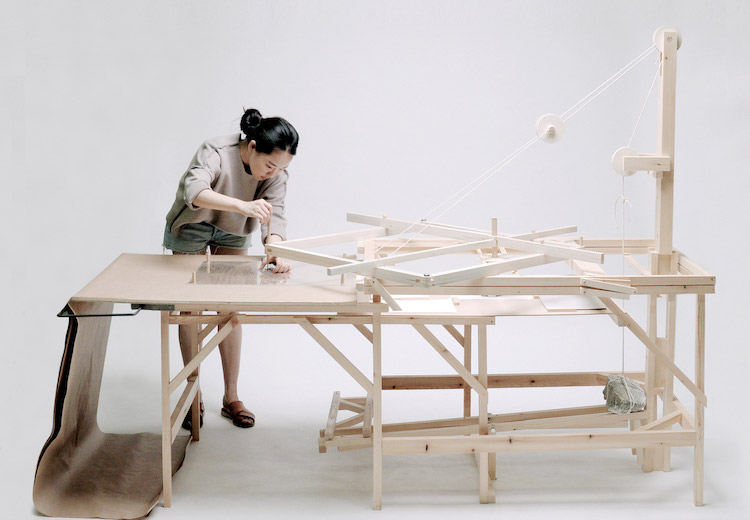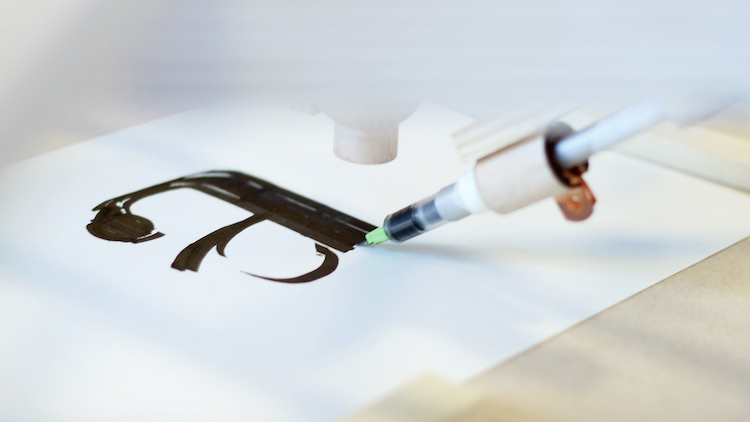Remember thebreakfast machine inPeewee’s Big Adventure?
Or perhaps The Snoozatron gadget inWallace and Gromit?
These wacky inventionshaphazardly built to perform simple tasksarent just designed for movie sets.

Theyre real, and they’re known asRube Goldberg machines.
What is a Rube Goldberg Machine?
Rube Goldberg’s Self-Operating Napkin, 1931.

Rube Goldberg’s “Self-Operating Napkin,” 1931. (Photo:Wikimedia Commons[Public domain])
His satirical cartoons were a playful response to the rising Machine Age.
A shade fantastic perhaps.
All right, go on and say itdown right screwy.

Although Goldbergs inventions were mostly fantasy, some of the cartoon machines became reality.
They were built purely for the joy of watching them in action.
Today, Goldbergs work continues to inspire those with a love of engineering and a boundless imagination.

Theres even an annualNational Rube Goldberg Machine Contestat Purdue University in Indiana, where people showcase their goofy gizmos.
Read on to discover five modern Rube Goldberg machines that carry out mundane tasks in ridiculous ways.
During his early twenties, Herscher builtCreme that Egg, a three-minute-long obstacle course that spanned his entire apartment.
The complex contraption had one purposeto smash a chocolate egg with a hammer.
The positive response encouraged Herscher to make more, and today hes a full-time Useless Machine Builder.
People often ask, Do you calculate the physics behind everything?,saysHerscher.
No way, he answers.
It would be impossible.
There’s too much chaos at this small scale.
It’s much faster to just grab a ball and see where it goes.
One of Herschers most popular videos onYouTubeisThe Lunch Feeding Contraption.
Created from his apartment in Brooklyn, the brilliant machine allows Herscher to enjoy a hands-free lunch.
At one point, asparagus shoots from a bow directly into his mouth!
Lee deconstructed the lowercases and found 26 elements from which all letters can be constructed.
The 17 university student team members spent 2,500 hours building the impressive machine.
The winning design completed one flawless run in 1 minute and 50 seconds.